Space
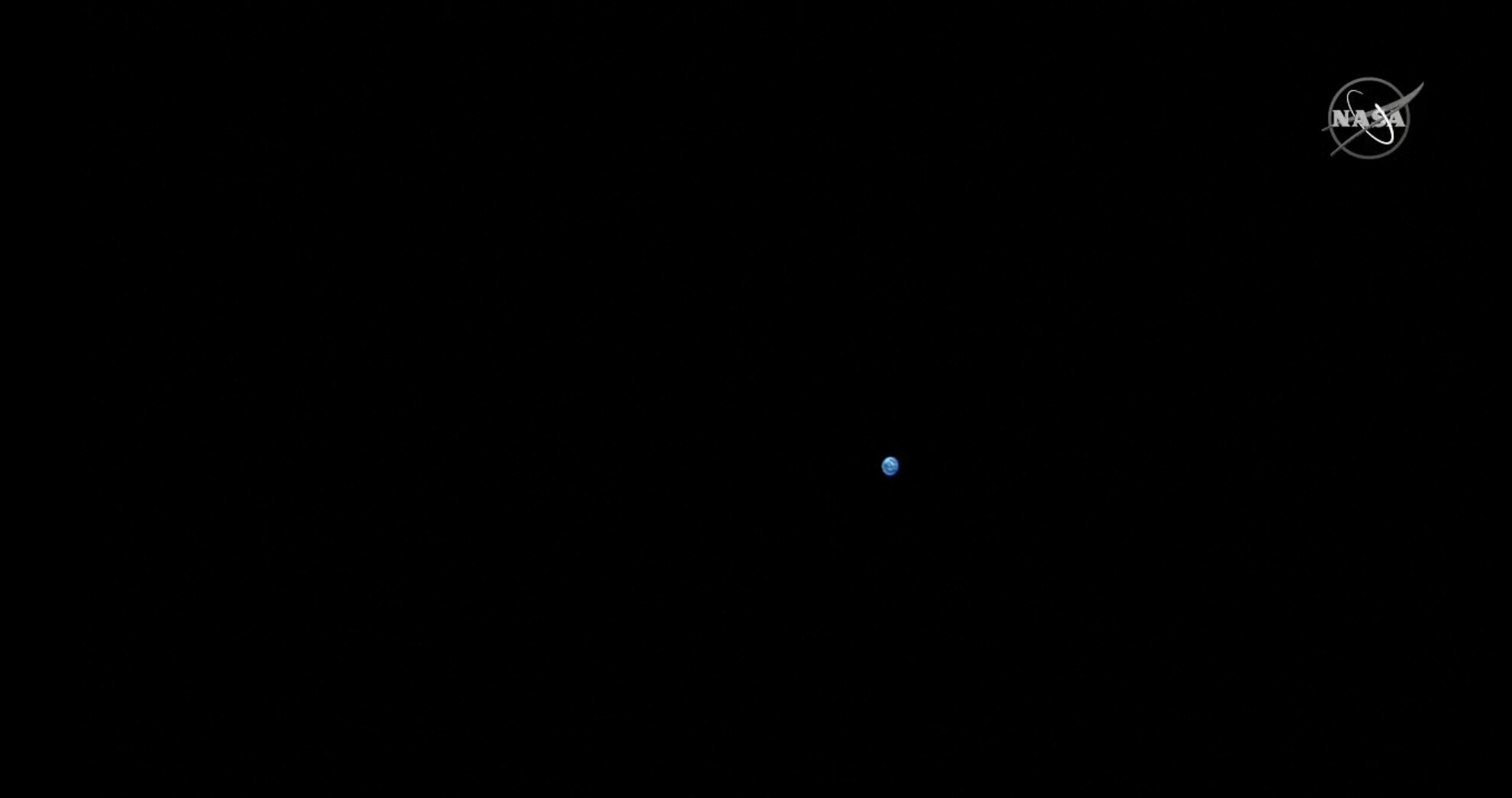 As many have said, 8 billion humans live there. But let’s not forget, we’ve identified less than 2 million other species of the estimated many millions to billions of species we share the planet with. We are only 1 species of the life on this tiny blue dot. #Earth #Orion
As many have said, 8 billion humans live there. But let’s not forget, we’ve identified less than 2 million other species of the estimated many millions to billions of species we share the planet with. We are only 1 species of the life on this tiny blue dot. #Earth #Orion
The Pillars of Creation are set off in a kaleidoscope of color in NASA’s James Webb Space Telescope’s near-infrared-light view.

We’re expecting in excess of 40,000 satellites in the next few years. Soon one out of every five objects you see in the night sky could be a satellite…
Fireball over Scotland was likely ‘space junk’ from SpaceX satellite | The Guardian
A small experiment on a NASA rover is tinkering with the alien atmosphere.
Millions of miles away on Mars, in a barren crater just north of the equator, a rover is wandering around, carrying a gold-coated gadget the size of a toaster. The machine inhales the Martian air and strips away contaminants. It splits the atmospheric gas into constituent parts, takes what it needs, and then reassembles that blend to create something that is in very short supply on Mars: oxygen. Real, breathable oxygen, the kind you took in as you read these sentences.
After a bit of analysis, the machine puffs out the oxygen, harmlessly releasing the molecules into the Martian environment. The act makes this very sophisticated toaster, situated in the belly of NASA’s Perseverance rover, the closest thing to a small tree on Mars.
A young woman of color engineer is living her dream at NASA!
An excellent interview with Tiera Fletcher over on Apple’s Developer website. I didn’t quite catch how it relates to Apple, WWDC or the developer website specifically but it’s inspiring nonetheless! She has been helping design components of NASA’s Space Launch System as a part of the Artemis Program.
Artemis-1 is set to launch in November 2021 and will be an un-crewed 25 day mission to test and certify the Orion spacecraft.
50 Years after landing on the moon: Thoughts on a the potential of humanity
I turned 50 years old on June 5 so I was alive for the moon landing but just 6 weeks old. But in thinking about that accomplishment and the 50 years that have passed, my lifetime thus far, I am struck by two things. First, humans can do amazing things when they work together. Second, humans are often not very good at working together.
It’s often said as common knowledge that humans went to the moon primarily as a result of the Cold War between the U.S. and the U.S.S.R. It was that competition and division that drove each country. In 2019 humans we find ourselves in a similar state of fracture and division. In the U.S. we seem to be caught in a cultural, political and economic war with ourselves. Internationally we can see that humans, divided into political entities called countries, also continue to fight with one another.
[caption id=“attachment_1461” width=“4158” height=“4166”] Earthrise[/caption]
Earthrise[/caption]
On this morning of the anniversary of humans landing on the moon I took a walk with my dogs. It just so happens that the moon, in it’s waning phase, was visible in the western sky. I looked and imagined those men 50 years ago. I imagined looking back at Earth from their perspective on the moon. This fragile planet that we call home. We’re not very good at seeing ourselves as humans. As a species we share a home with one another and with countless other species but we don’t view ourselves as a family or as a community. We still fight with one another based upon our skin color, our language, our beliefs or any possible difference we might have. We seem to be stuck in a way of thinking and being that emphasizes the negatives of diversity rather than celebrate the symphony of the whole that might be possible.
As I think about humans in 2019 I wonder about the next 50 years. Will we continue to fight one another? Are we doomed to struggle in this self-inflicted process? We show amazing promise when we work with one another rather than against one another. We achieve amazing things when we collaborate as allies. We have before us many challenges, difficult problems which we have ourselves created. I’d like to Imagine, as John Lennon did, a world in which humans go beyond the gravity of our past, that force that binds us to conflict and division. What might we achieve as a common community working together rather than against one another. It seems like a beautiful, if distant possibility.
We’re visiting a distant world on January 1, 2019
On January 1, 2019 humans will pass and make the most distant observation of a world in our solar system. On this date just days away the New Horizons will pass Object 2014 MU69 in the Kuiper Belt. See the tweet thread by Alex Parker is fantastic as it illustrates a bit about how this observation has been made possible.
In just a few hours I will depart for Maryland for New Horizons' New Years flyby of the Kuiper Belt Object (486958) 2014 MU69. Before I go, I thought I would re-tell some of the stories about how we came to know about this little world. pic.twitter.com/iE7f0KeFVK
More at his article here.
I just watched the International Space Station fly overhead. Soundtrack: “ISS - Is Somebody Singing” by Chris Hadfield. 🤓🛰😍 Visit NASA’s spot the station to sign up for alerts.
Celebrating 40 years of Voyager
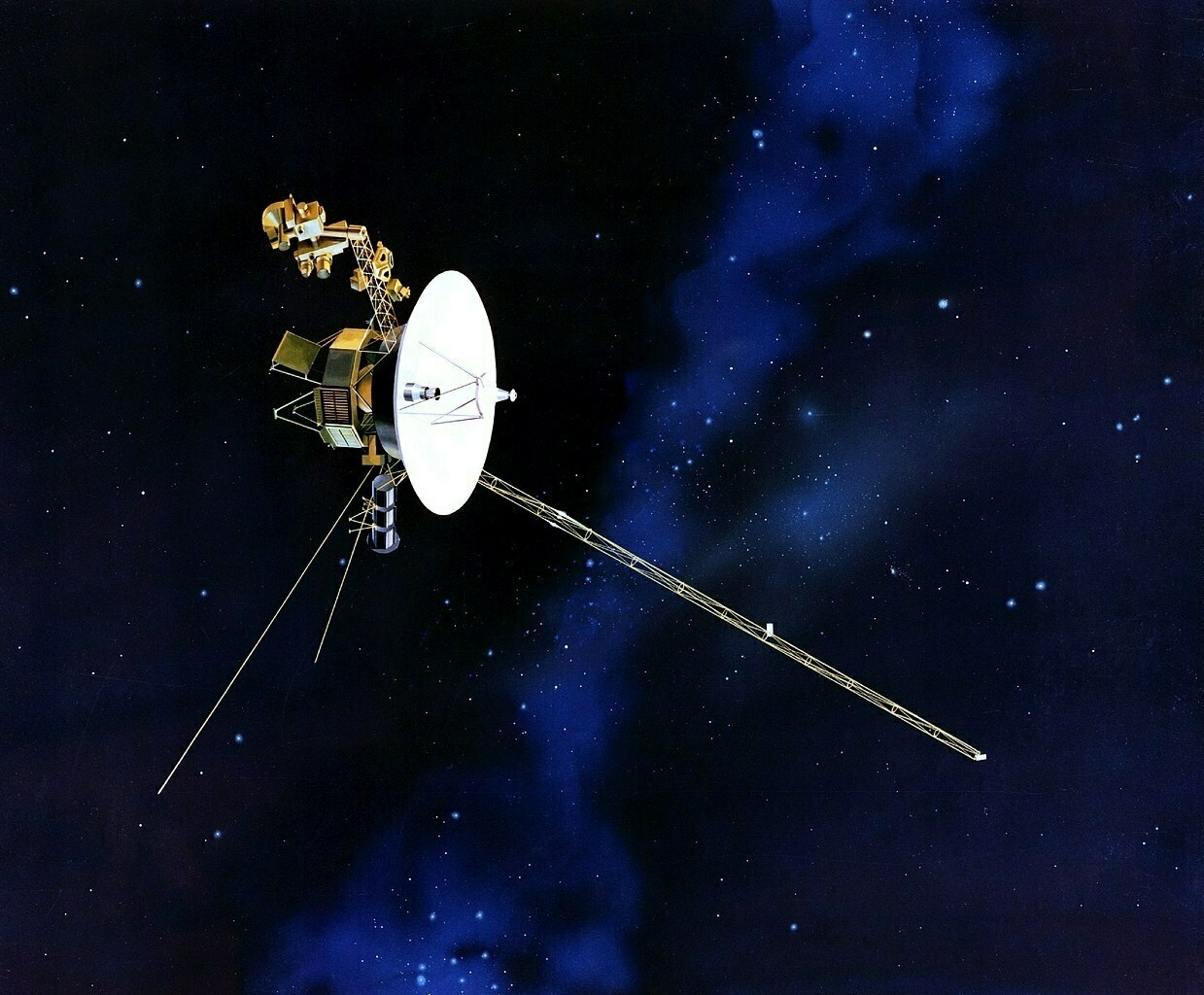
We are the only species that, due to it’s technological abilities, destroys habitat at unprecedented scale. How is it that a species which is supposedly so intelligent can cause such destruction to itself and it’s home? How is it that we can be precise in our engineering and yet so sloppy in our human interactions?

It helps to remember that we are primates. Which is to say, we’re just really smart, differently evolved Hominini, a member of the family of great apes. Perhaps from this context, it’s a bit easier to understand our persistent fallibility. As individuals and a collective, we live in fallibility though we are intelligent enough to deeply alter our environment. From fire to coal to oil to the atom; from simple tools to complex tools to earth moving machines to computers to robots exploring our solar system. We humans are constantly in a state of exploration and often destruction. Our evolutionary “success” seems to exist, though, on the finest of edges. With our ever increasing population (7.5 billion at this moment) dependent on a complex food system which is itself based on the availability of fossil fuels and a stable, semi-predictable climate.
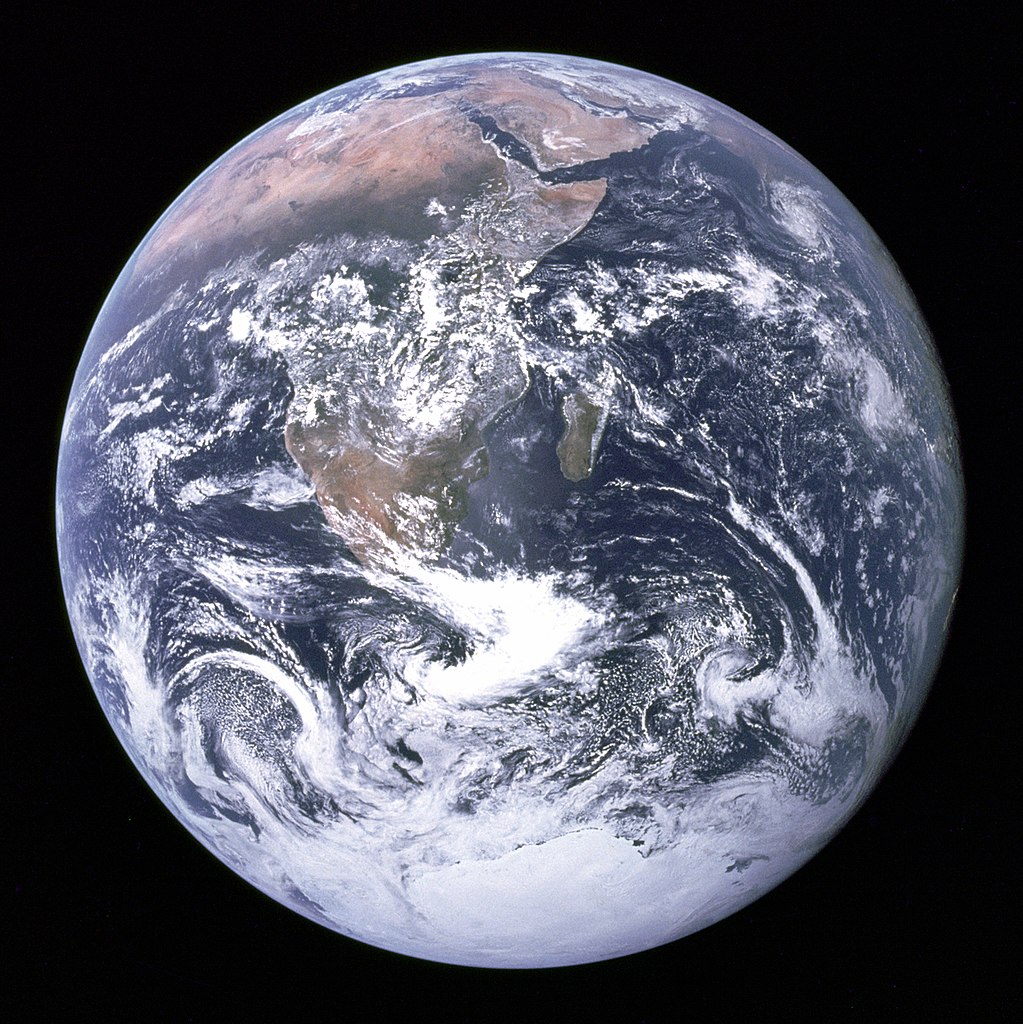
We are simultaneously capable of extended, deep reasoning as well as irrationality and superstition. In so many ways we, as individuals and as social systems, seem to reside in perpetual conflict. We often use the scientific method to wondrous and beneficial effect. Other times we use it to great disaster. Sometimes we push forward too fast, not knowing the results that may emerge. The full repercussions of our actions are often not known but even when they are predicted we fail to heed our own warnings.
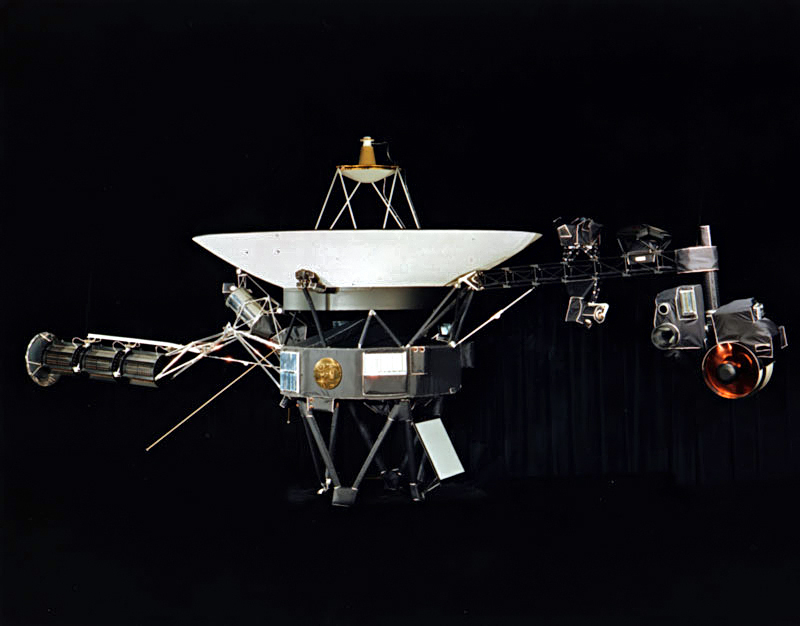
Our many societies, complex tapestries of history, culture, politics, ecology, science, art and economy, are often at odds with one another as well as with themselves. In so many ways the Voyager spacecraft are the perfect representatives of humanity. They embody our struggle with fallibility and our development of science as a method and a tool in response to that fallibility. We have developed and used these two spacecraft to explore our universe and to convey something of ourselves to it. At our very best we are explorers and communicators and sometimes our many voices are brought together in a shared expression of our common humanity.
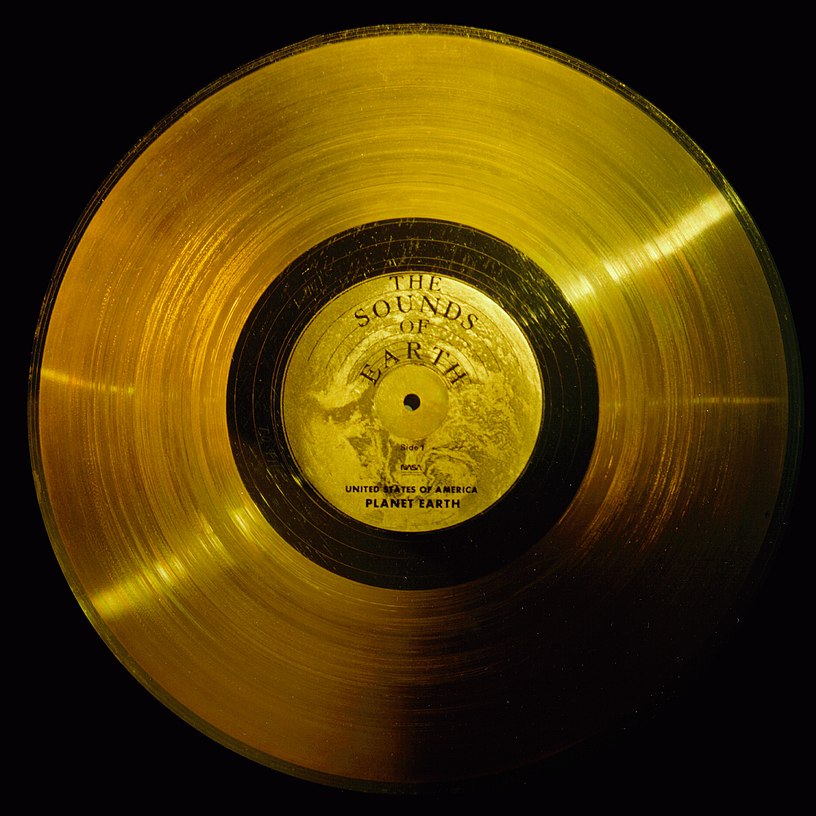
The Golden Records, our attempt to reach out into the unknown, to share something our tiny world, were created to carry our voices and our story as well as the sounds and images of our Earth. From bird song to whale song, Mozart to Blind Willie Johnson, to the sound of a human heart beating. In addition to a wide variety of audio he record included imagery ranging from illustrations of our solar system to DNA to daily life on our planet. Carl Sagan chaired the committee that spent a year selecting and then compiling the content. Included were the words of then U.S. president, Jimmy Carter:
"This is a present from a small, distant world, a token of our sounds, our science, our images, our music, our thoughts and our feelings. We are attempting to survive our time so we may live into yours."
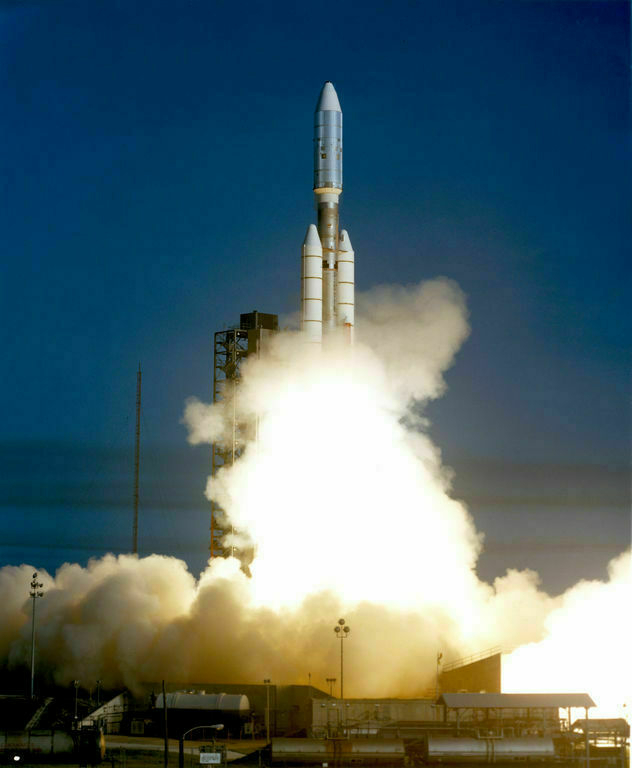
Of course, the spacecraft are far more than carriers for the Golden Records. In fact, the records were really intended to be the 2nd part of the mission, the purpose of the spacecraft after they no longer have the ability to transmit data back to us. The 1st part of their mission was, of course, the collection of data about our solar system a mission they are still performing even as they have ventured beyond the solar system.
With less computing power than a cell phone, they have, over the course of their mission, deepened our understanding our our solar system immensely. Beginning with Jupiter, and Saturn and then later Uranus and Neptune.
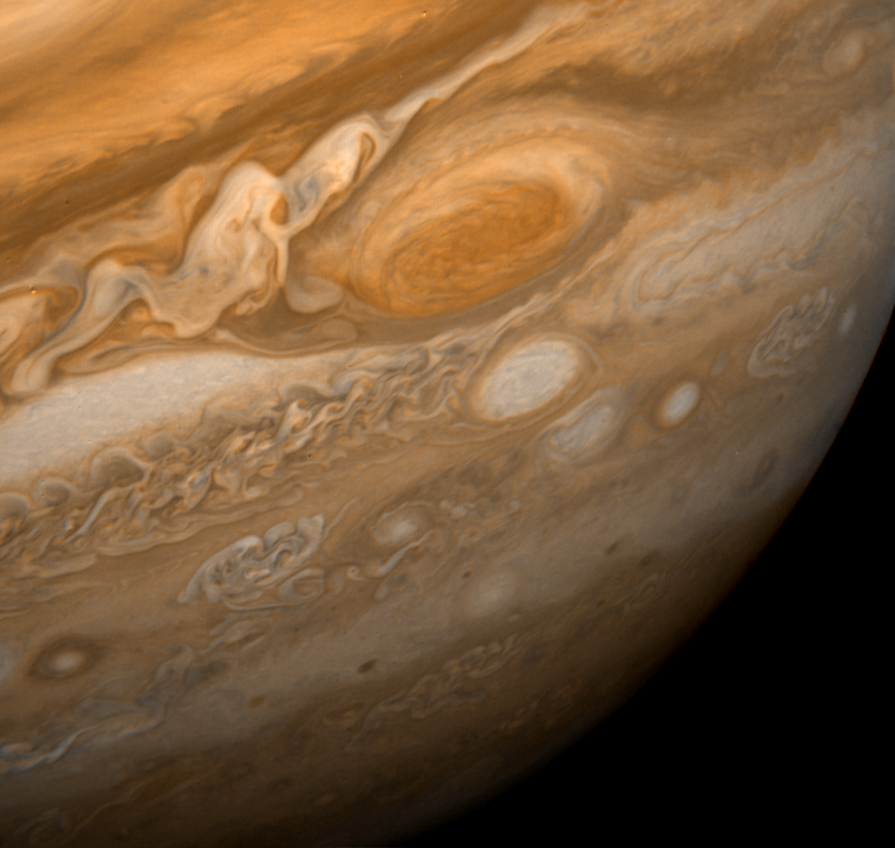
The first planetary encounter of the mission was Jupiter which began when Voyager 1 began taking photos in January 1979 with the closest approach on March 5 and final photos being taken of the planet and moons in April 1979. One of the highlights of this part of the mission was the discovery of volcanic activity on the moon of Io. It was the first time active volcanoes had been observed on another body within our solar system. Voyager’s mission at Jupiter was not the first encounter or the last. There have been 9 thus far.
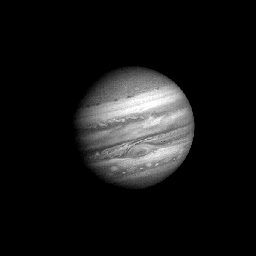 An animated view of Jupiter taken with photos taken every 10 hours.
An animated view of Jupiter taken with photos taken every 10 hours.
As Voyager was taking it’s photos of Jupiter it was also getting a gravity assist from the planet. Which is to say, it borrowed energy from the planet’s gravitation to change it’s trajectory and give it a boost to the next destination of its journey: Saturn. The Saturn encounter began November 1980 with closest approach on November 12, 1980 when it came within 77,000 miles (124,000 km). There have been a total of 4 spacecraft encounters with Saturn. Three of those were flybys and one, the Cassini-Huygens spacecraft, an extended mission which has been ongoing since 2004 and which will end in September 2017.
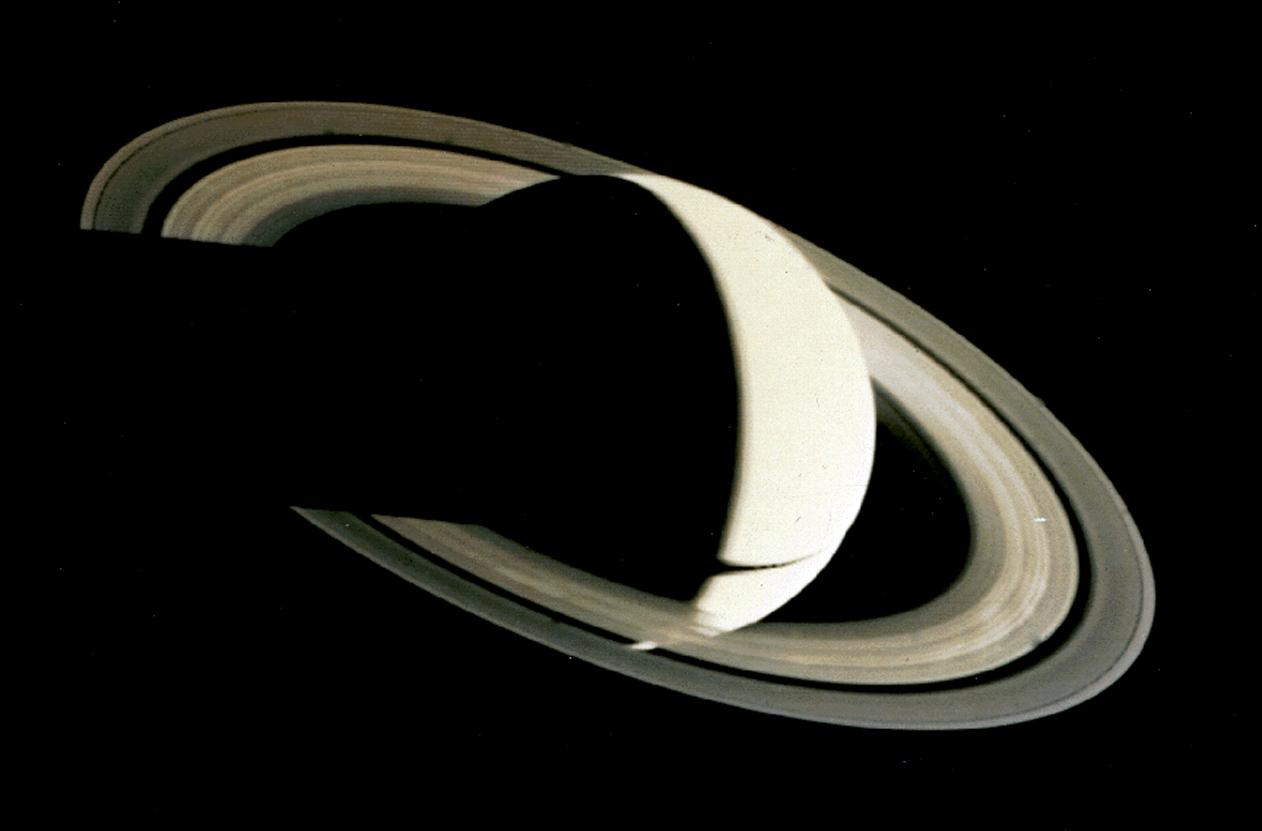
After Saturn, Voyager went on to Uranus and Neptune. Thanks to Carl Sagan, Voyager had one last photographic mission. The last photographs taken were a family portrait of our solar system. On February 14, 1990, at a distance of 6 billion kilometers from Earth, Voyager captured a mosaic of 60 photos including 6 planets: Jupiter, Earth, Venus, Saturn, Uranus and Neptune. It is from this series of images that the famous Pale Blue Dot photograph was taken. In the image the Earth is just a tiny blueish-white speck seen in a brownish band of light on the right side of the image.

"We succeeded in taking that picture, and, if you look at it, you see a dot. That's here. That's home. That's us. On it, everyone you ever heard of, every human being who ever lived, lived out their lives. The aggregate of all our joys and sufferings, thousands of confident religions, ideologies and economic doctrines, every hunter and forager, every hero and coward, every creator and destroyer of civilizations, every king and peasant, every young couple in love, every hopeful child, every mother and father, every inventor and explorer, every teacher of morals, every corrupt politician, every superstar, every supreme leader, every saint and sinner in the history of our species, lived there – on a mote of dust, suspended in a sunbeam.The Earth is a very small stage in a vast cosmic arena. Think of the rivers of blood spilled by all those generals and emperors so that in glory and in triumph they could become the momentary masters of a fraction of a dot. Think of the endless cruelties visited by the inhabitants of one corner of the dot on scarcely distinguishable inhabitants of some other corner of the dot. How frequent their misunderstandings, how eager they are to kill one another, how fervent their hatreds. Our posturings, our imagined self-importance, the delusion that we have some privileged position in the universe, are challenged by this point of pale light.
[…] To my mind, there is perhaps no better demonstration of the folly of human conceits than this distant image of our tiny world. To me, it underscores our responsibility to deal more kindly and compassionately with one another and to preserve and cherish that pale blue dot, the only home we’ve ever known." — Carl Sagan, speech at Cornell University, October 13, 1994
To celebrate the 40 year anniversary PBS has created a fantastic website and documentary, The Farthest: Voyager in Space. It is a truly wonderful documentary and I was moved to tears more than once while watching it. Stream it via their app or the above website. I’ll likely be watching it again. The website is beautifully done with a wealth of imagery, text and live display of the current Voyager mission time and distance from Earth.
Back to the night sky
I started observing the night sky in late 2012 and kept up a pretty steady pace until about 12 months ago when my observing time shrank drastically. Partly due to weather, also due to a lack of effort on my part. I’m hoping to turn that around. I doubt I’ll be logging the 6 hour observing sessions I was doing in the first couple of years but I’d at least like to get in a couple hours when the skies are clear. Like many things in life, I find that when I make the effort my passion and interest deepen. When I fail to make the effort, they fade. My interest in observational astronomy is interwoven with my interest in cosmology, chemistry, physics and other related areas. These are not interests I am willing to give up due to laziness.
So, I logged a few sessions this past week. Right now our night sky faces in towards the Milky Way so lots of globular clusters and nebulae are visible. Oh, also, Saturn. Had a good, long look at Saturn. Then I spent a couple hours each night looking at globular clusters in Sagittarius, Pegasus (M15), and M2 in Aquarius.
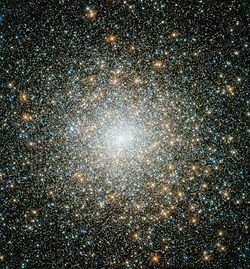
These stars are nearly as old as the Universe and, as I understand it, still remain a bit of a mystery in terms of how they came to be in clusters orbiting galaxies. Our galaxy has about 150 such clusters. They typically reside outside the disk of the galaxy and orbit the galactic core as satellites with an orbit radius of 130,000 light years. The Andromeda Galaxy is thought to have as many as 500 such globular clusters.
Speaking of our neighbor, I also had a nice long look at Andromeda. As always, a beautiful galaxy to look at through even a small scope.
Voyager at 40
A great thread by @justinhendrix over on Twitter:
The solar eclipse Monday is set to overshadow another significant event for space nerds like me. Tomorrow, August 20th, is a special day.August 20th is the 40th anniversary of the 1977 launch of @NSFVoyager2, the first of two Voyager probes to explore the outer planets.
Its sister probe, Voyager 1, was launched 16 days later. These two probes represent one of humanity’s most extraordinary achievements.
Voyager 1 is nearly 13 billion miles from Earth; it takes a ray of light more than 19 hours to travel from here to its position.
Voyager 2 is nearly 11 billion miles and 16 light hours away. 5 years ago Voyager 1 entered interstellar space, on 25 August 2012.
Incredibly, both spacecraft are still sending scientific information about their surroundings through the Deep Space Network.
In the late 1960s that NASA determined a once-every–176 year alignment would allow a spacecraft to to visit all four outer planets.
Voyager delivered the first single frame photo of the Earth and the Moon together from space. twitter.com/justinhen…
The probes carried radioisotope thermoelectric generators powered by plutonium, and carry an array of scientific instruments. twitter.com/justinhen…
The computers aboard the Voyager probes each have 69.63 kilobytes of memory in total. That’s about enough to store one average .jpg.
The probes used assembly languages such as FORTRAN. Recently the Voyager program hired a new FORTRAN programmer. www.popularmechanics.com/space/a17…–1-voyager–2-retiring-engineer/
The probes visited all the giant outer planets, including Jupiter, Saturn, Uranus and Neptune. They made numerous important discoveries.
For instance, erupting volcanoes on Jupiter’s moon Io, the first evidence of volcanic activity elsewhere in the solar system.
The volcanos on Io were discovered by a JPL Voyager imaging scientist named Linda Moribito Kelly. www.planetary.org/blogs/gue…
Voyager discovered an ocean beneath the icy crust of Jupiter’s moon Europa, waves and fine structure in Saturn’s icy rings, Neptune’s…
Great Dark Spot and 1,600 kilometer-per-hour winds, geysers erupting from the polar cap Neptune’s moon Triton, and eventually…
The termination shock where supersonic solar wind slows down, forming the final frontier of the solar system. ibex.swri.edu/students/…
You can see many of the images that the Voyagers took during their trek through the outer planets here: www.jpl.nasa.gov/voyager/g…
Jupiter. twitter.com/justinhen…
Saturn. twitter.com/justinhen…
Uranus. twitter.com/justinhen…
Neptune. twitter.com/justinhen…
And the famous Pale Blue Dot photo, which inspired Carl Sagan’s speech, which we should all listen to & consider www.youtube.com/watch
The Voyagers also famously carry a Golden Record, which carries the sounds of earth into space- Sagan’s idea. www.npr.org/2017/08/1…
Blind Willie Johnson’s ‘Dark Was the Night, Cold Was the Ground’ is one of the songs now in interstellar space www.youtube.com/watch
The Voyagers represent the best of humanity. The best scientific thinking, engineering, ambition, curiosity, passion, arts and culture.
We’d do well at this moment, 40 years hence, to look at the legacy of these probes, and consider what we can learn from their journey.
It’s more than the sum of their scientific discoveries. They explore the universe, but they also tell us something about ourselves.
Our best selves. Voyager is the best of humanity. We need to remember the aspiration to be our best selves, to advance the species.
So enjoy the eclipse, but spare a moment tomorrow at 10:29 AM Eastern to remember the launch of @NSFVoyager2, a great human achievement.
Here is an excellent hour on the history of Voyager from the BBC. h/t @acinonnap www.bbc.co.uk/programme…
Revisiting Space Exploration with Affinity Photo for iPad
In June of 2015 Affinity Designer for Mac caused a splash when it was released. I’d never heard of it but was anxious to try something that might allow me to replace Illustrator. I spent a couple weeks with the trial and decided pretty quickly that I would be purchasing it. During that time I created a series of space-themed posters and shared them is a couple of blog posts: post one and post two.
Of course, Designer is primarily for creating vector-based art. But just as Affinity Photo on Mac is very capable of doing vector work so too is the iPad version. I thought it would be fun to revisit with a new space exploration themed image again using a Carl Sagan Quote.
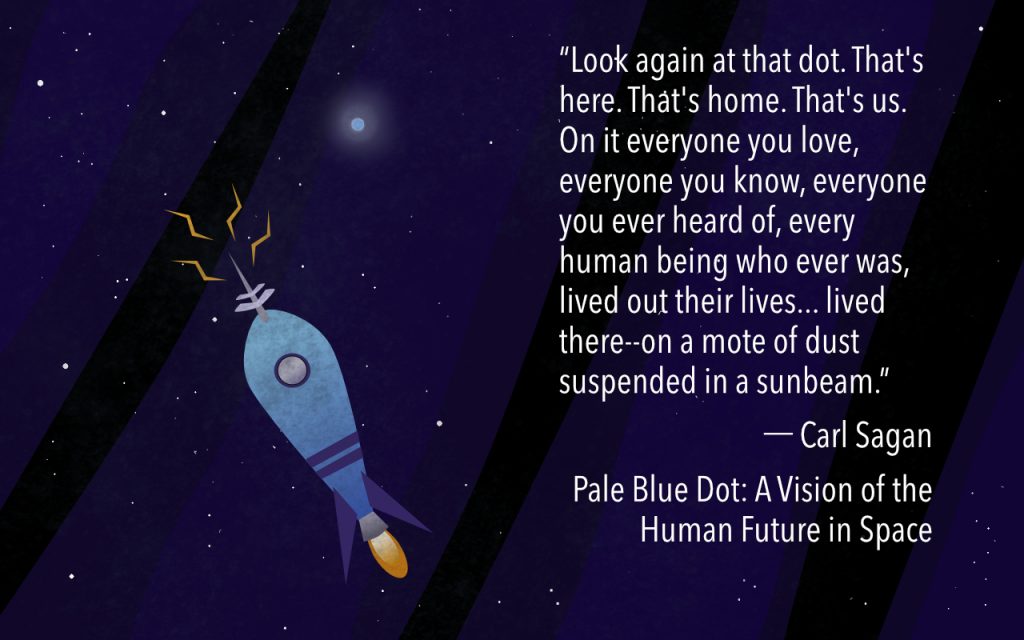
The quote in its entirety:
“Look again at that dot. That’s here. That’s home. That’s us. On it everyone you love, everyone you know, everyone you ever heard of, every human being who ever was, lived out their lives. The aggregate of our joy and suffering, thousands of confident religions, ideologies, and economic doctrines, every hunter and forager, every hero and coward, every creator and destroyer of civilization, every king and peasant, every young couple in love, every mother and father, hopeful child, inventor and explorer, every teacher of morals, every corrupt politician, every “superstar,” every “supreme leader,” every saint and sinner in the history of our species lived there-on a mote of dust suspended in a sunbeam.” - Carl Sagan
iPad Journal: Painting astronomical objects with iPad and Procreate
Just to be clear from the start, aside from grade school, I've never painted anything other than room walls and home exteriors. I'm not a "painter" and only occasionally had a passing interest in trying it out. I've sketched a few times but there too, very minimal. A few months back the iPad app Procreate popped up on my RSS or twitter feed. I had recently bought some supplies to begin an attempt at sketching astronomical objects while observing at the telescope. Those supplies have gone unopened and sit in their original bag. I'd not really figured out how to go about setting up to sketch in the near dark but it was on my mind as something I wanted to try. Suddenly a lightbulb went off and I had the thought that perhaps I could use Procreate and the iPad to sketch? That approach might be easier because I always have the iPad out with me anyway. So, no extra supplies, no set-up of lighting and supplies. I'd give it a go.
My first effort was Mars which was a pretty basic object to paint/sketch. A circle with a few faint strokes to denote a few of the larger features viewable through the telescope. The next was the Lagoon Nebula. A little more too that but still not a whole lot. Then it occurred to me that it might be fun (and good practice) to try my hand at painting an object from a photograph. Actually, it was not quite like that. It was more like a moment of boredom as I was looking at the a beautiful image of the Eagle Nebula on the cover of a book sitting on my coffee table. It occurred to me to give it a try. To be honest I didn't expect it would go as far as it did. I'm often good at starting little projects but often don't finish. For some reason in this case I found myself drawn in.
I started playing with the brushes. There are many, many brush options in Procreate. I had absolutely no idea where to begin. I tinkered with a couple of brushes and settled in on the airbrush as it seemed the best candidate for painting something like a nebula. I focused on just a portion of one of the "Pillars of Creation" and after a couple hours I decided to try a larger portion. Over the course of a few days I came back to it. It was surprised how quickly time seemed to move as I focused on the "brush". I would look up and two hours would have passed. After about 15 hours I had this:

As it turns out the process is very enjoyable. I worked mostly with the airbrush on the first project. I worked i layers in a way mimicking what I imagine the dimensionality of an actual nebula to be. I created a background of black and on top of this a layer of background nebulosity. On top of that another layer of nebulosity. And then another. And another. Stars had their own layer on the very top though in reality, of course, the stars in intermingled dimensionally.
A few weeks later I decided to paint a much larger portion of the Eagle Nebula though not the whole thing. I started with my existing painting of the pillars and then painted them in. I used the same brushes and techniques. I finished that in about a week.
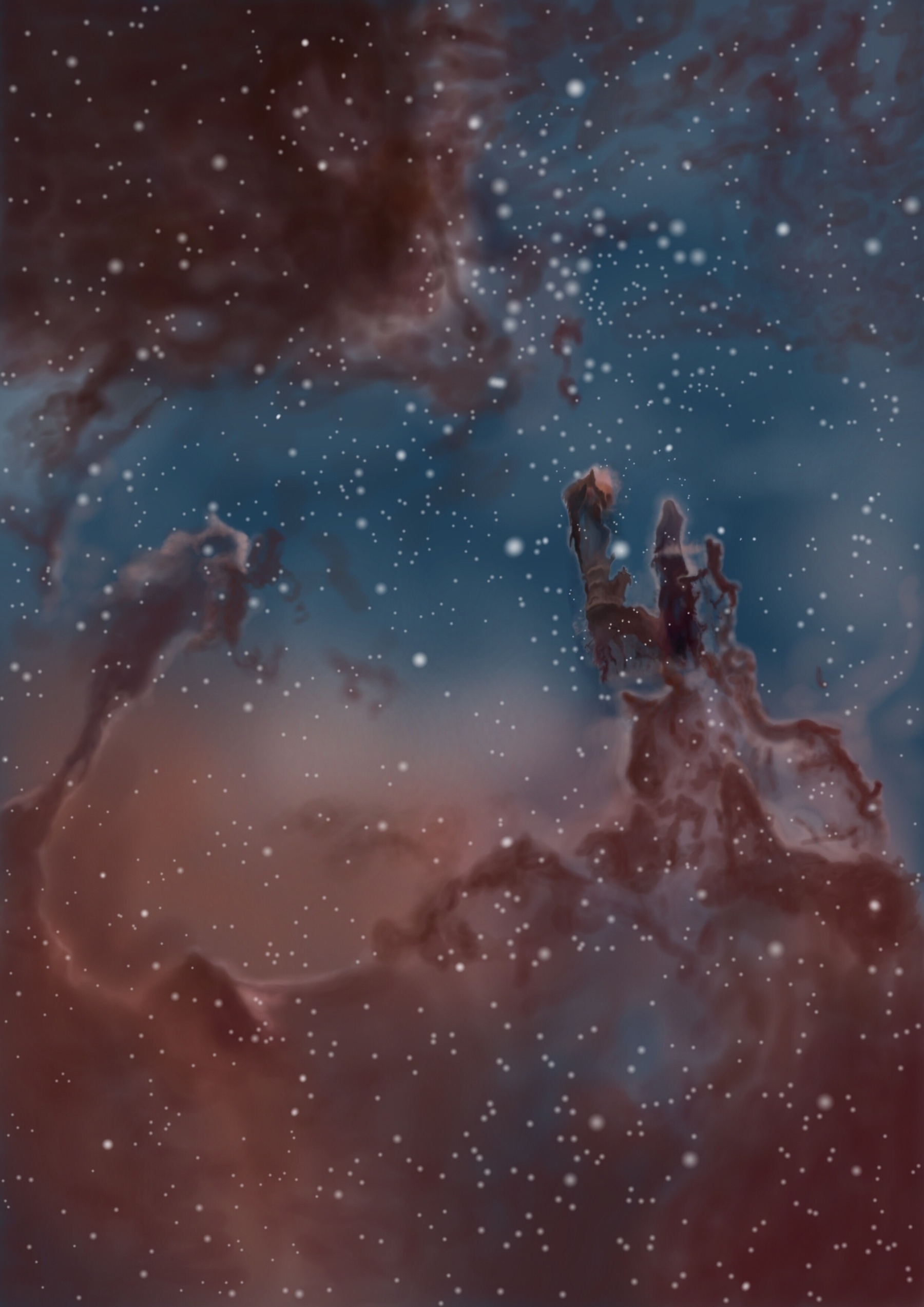
The next project was the Orion Nebula and then the Lagoon Nebula. The most recent was an infra-red image of the Horsehead nebula which shows the detail of the nebula not seen in the visual spectrum. My current project is a wide field view of the nebula that surrounds the Horsehead, IC 434 and the Flame Nebula NGC 2024. Really, it's just a complex of various nebulae of which the Horsehead is just one, tiny component.
[caption id=“attachment_178” align=“alignnone” width=“4000”]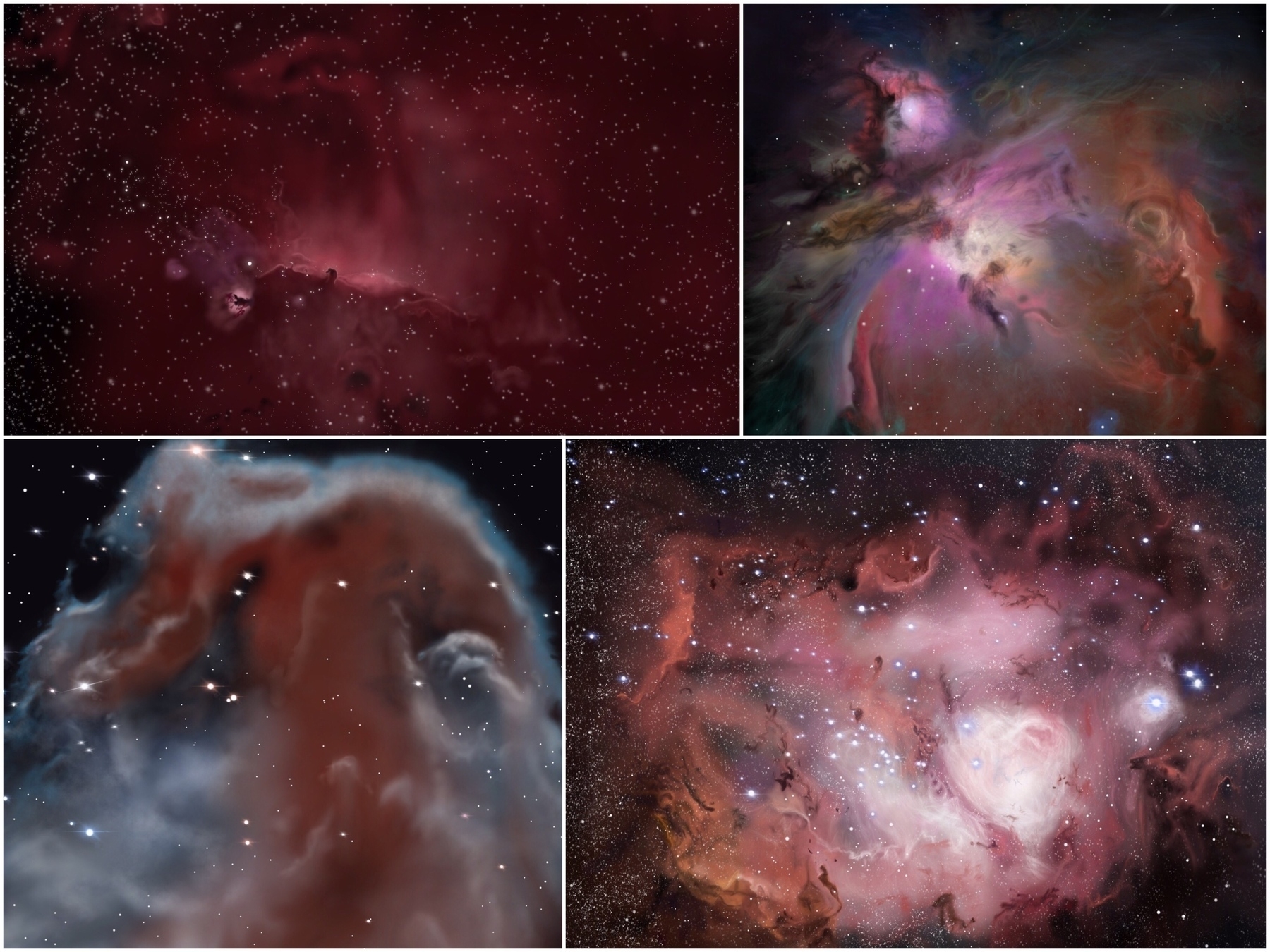 Clockwise from top left: In process IC 434 (tiny dark spot near the middle is the thick gas and dust of the Horsehead Nebula), Orion Nebula, Lagoon Nebula, close-up Horsehead Nebula in infrared[/caption]
Clockwise from top left: In process IC 434 (tiny dark spot near the middle is the thick gas and dust of the Horsehead Nebula), Orion Nebula, Lagoon Nebula, close-up Horsehead Nebula in infrared[/caption]
As I've worked through these various projects I've been trying out some of the different brushes available. There's so much to learn. I have no idea how this compares to painting on a canvas though I expect some of it would carry over to that process. I do feel as though I'm making some progress. Learning how to see details I would have likely missed in the past. Learning how to use the different brushes and their interaction with one another. Learning how to layer and blend color. Painting with Procreate and the iPad has allowed for a whole new experience, a new form of expression that I would not have had otherwise. It's something I thoroughly enjoy and intend to continue with for a long time to come.
Painting the Horsehead Nebula
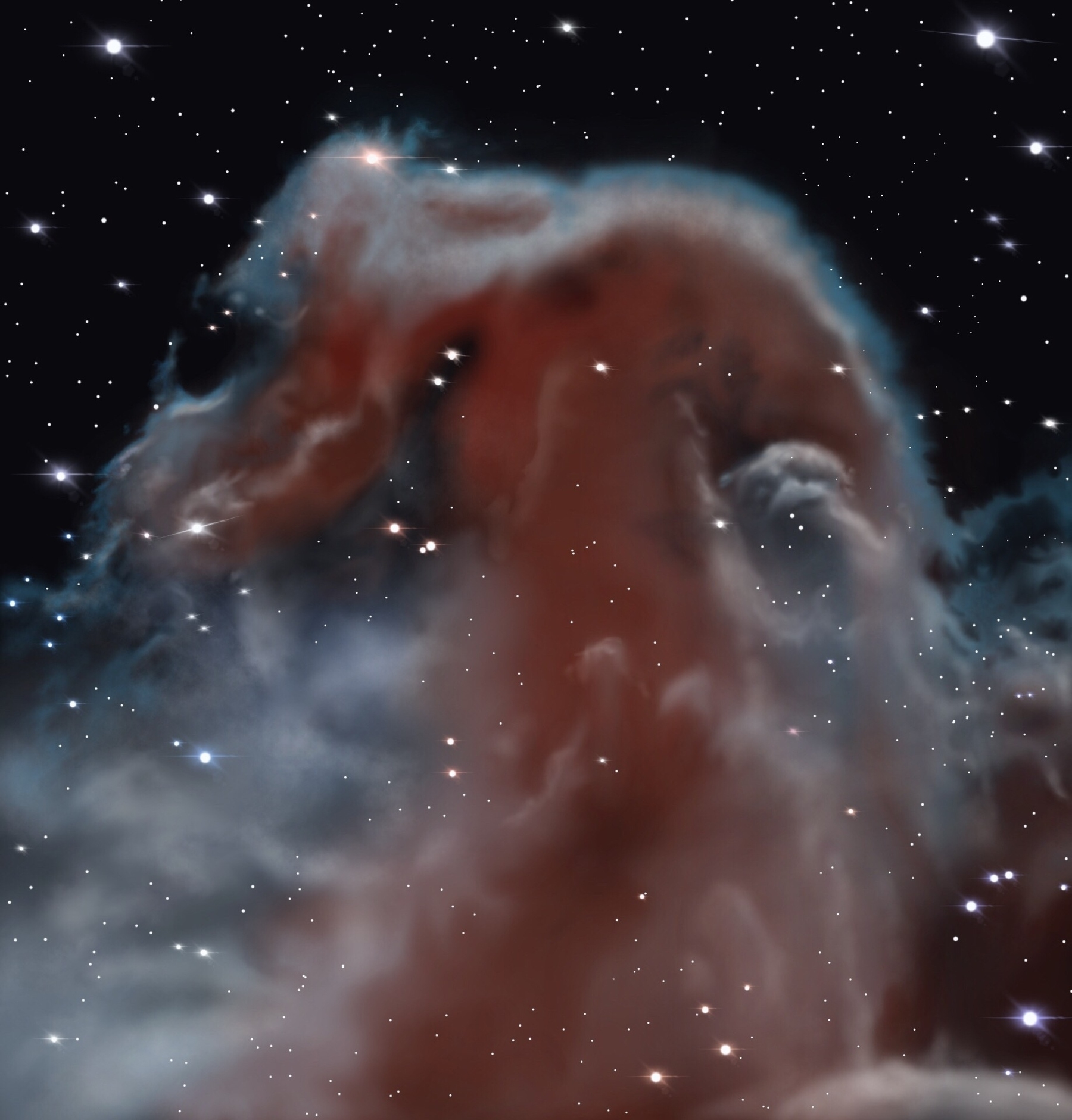
This is one I have attempted to view through the telescope but which is fairly difficult to view. Through the telescope and in any image taken in the visual spectrum the Horsehead nebula is a dark patch of dust and gas against the glowing background nebula. This painting is based on an image taken by Hubble in the infrared, a wavelength in which the gas of the nebula can be observed. It’s just a very tiny part of the much larger Orion Molecular Cloud Complex.
As all of my iPad paintings have been, this was done with Procreate using an iPad Air 2 with a generic stylus.
Eternity
I stretch forward
Pushing through time.
Eternity.
A solar system long gone.
A sun burned dim.
Humans long now just a memory.
In space.
Lives once deemed important.
Faded.
Moments now echoes in time.
Painting the Lagoon Neblua
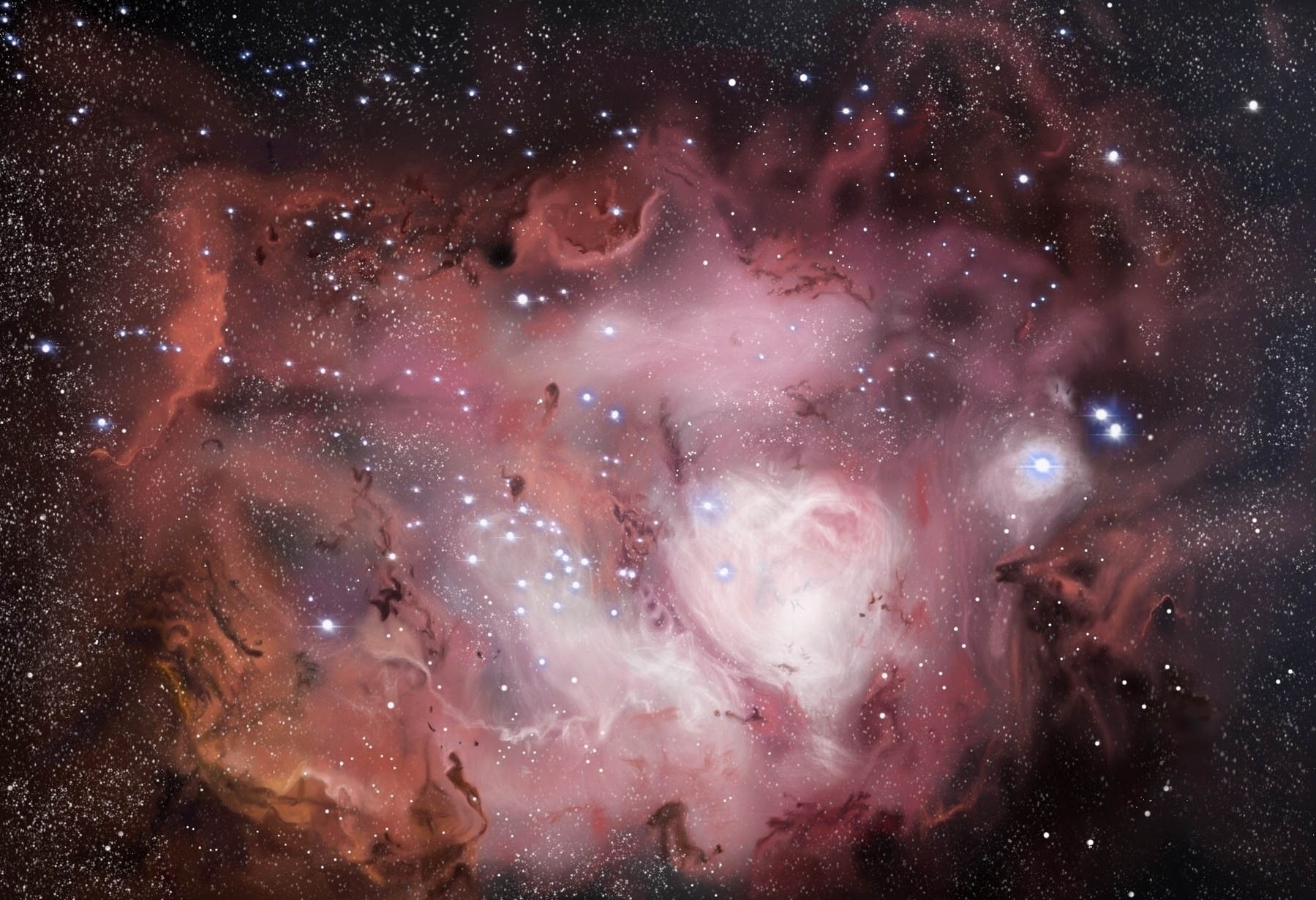
My first effort at using the iPad and Procreate to paint was the Eagle Nebula. To be honest I started that first project assuming I would not get very far. I’d never painted and expected it would be a huge mess. But it wasn’t half bad and I enjoyed the process far more than I expected I would. In fact I enjoyed it so much that when I finished I decided to try another, the Orion Nebula. When I finished that I thought I’d give the Lagoon Nebula a try. I chose the Lagoon Nebula because I’d recently viewed it as it is a great summer object and one I always view at least a few times each season.
Barack Obama: America will take the giant leap to Mars
One of my earliest memories is sitting on my grandfather's shoulders, waving a flag as our astronauts returned to Hawaii. This was years before we'd set foot on the moon. Decades before we'd land a rover on Mars. A generation before photos from the International Space Station would show up in our social media feeds
I’m not a huge fan of Barack Obama (Democrats, Republicans or the two party system in general). Nor am I a fan of CNN. But I came across Obama’s essay on Mars, space exploration and STEM and well, I just can’t help myself.
Someday, I hope to hoist my own grandchildren onto my shoulders. We'll still look to the stars in wonder, as humans have since the beginning of time. But instead of eagerly awaiting the return of our intrepid explorers, we'll know that because of the choices we make now, they've gone to space not just to visit, but to stay — and in doing so, to make our lives better here on Earth.
Well said.
Finishing the Herschel I program
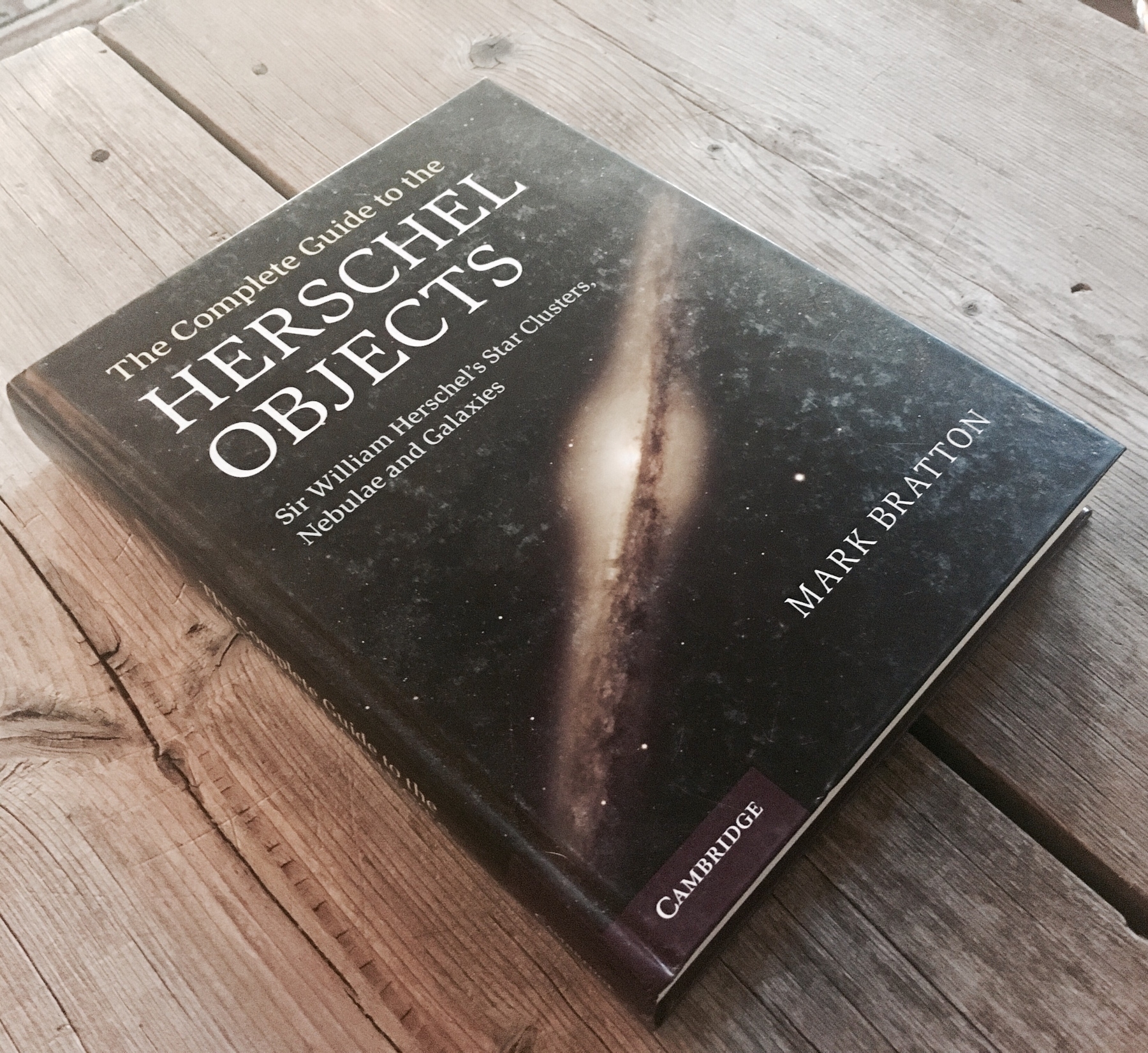
In the fall of 2012 I bought my first telescope since having one as a kid. I wasn’t sure how much use I’d get out of it but I wanted to give it a go. I suspected I’d not regret the purchase. Within the first couple of weeks I’d become obsessed. I went out each clear night and sometimes stayed up till I started dozing at the scope which was often in the wee hours of the morning. Within a couple weeks I’d started keeping track of the objects I was viewing. I started just with the date, object name/ID, date and time. Soon after I started noting the eyepiece I was using as well as a description. It occurred to me that it would be fun to do the full Messier list and get the certificate from the Astronomical League. Not that I cared all that much about the recognition but having a list helps give a bit of order to the process. Had I not taken it on I might have gotten stuck looking at the same objects. Another side effect of having a list and doing the “official” program is the requirement that the observer find the objects on their own. No go-to telescopes allowed. Which was not as much of an issue as I didn’t have a go-to telescope. But reading about the program drew my attention to the idea of systematic searching and recording.
A month into the Messier list I realized there were some nights that when I would have no objects to search for as I would have already found all the available objects on the list that were up in the sky. So it occurred to me to look for another list that I could start at which point I became aware of all the various programs that the Astronomical League administers. I settled on the Herschel I and got started. It’s a list of 400 objects from the NGC catalog of 7,840 objects, largely based on the observations of William Herschel, his son John and his sister Caroline. It’s a mix of galaxies, star clusters and various kinds of nebulae. It’s a great list to do after the Messier list because it is slightly more difficult with fainter objects.
I finished up, or thought I did, about a year later. Upon checking my list though I discovered that I’d bungled a few by not recording proper descriptions and I was also missing a few. So, I started filling in my gaps until, about a year later, I thought I was finished. And, again, I discovered a few I had missed! So, back to it. With each successive check my list of missed objects was getting smaller. Essentially my transition from the initial list to spreadsheet to database introduced a few errors. Over the past couple of months I’ve been taking care of the few remaining objects and in the wee hours of a late September morning I finally got the last object in my eyepiece. NGC 2372, a planetary nebula in Gemini. I entered it in to my report and spent the rest of the morning double checking my final list. All in all the list took about four years and during that time I recorded well over 500 observations for that particular list (many duplicates due to the first 100 or so having been recorded without the detailed descriptions).
What did I learn during the experience? I learned much more about seeing the objects. Early on I was moving too quickly from one object to the next. It was not uncommon for me to log 15 objects in a 4 or 5 hour session. That’s three to four an hour. When you consider the time it takes to find an object in the scope and record the observation it turns out I was only looking at some objects for 5 minutes or so. That’s a minimal amount of time. These days I tend to look at about half that number of objects and I spend more time on each one.
The process of really seeing a faint object requires dark adapted eyes (no bright lights after you start viewing. Only low levels of red light!) and it requires at least 10-15 minutes, often times more, for each object. I also find it helpful and more educational if I take some time reading about the object. I don’t necessarily see the object better but reading about it helps me appreciate what I’m seeing. It’s easy to do using Sky Safari which is my preferred astronomy app. Each object has a description associated with it, many of them are quite detailed. There are also images in the app which can be very helpful in finding some of the details that might otherwise be missed.
I also was also reminded that there is an important connection between observation, vocabulary and description. As with any skilled observation it is important to develop an understanding of the components of what is being viewed. For example, if I’m viewing birds I pay attention to not just the colors but also the shape of the beak and tail, the physical habits, the body shape, the song, etc. There are many details that will help me identify the species of bird I’m looking at as well as understand something about the bird for example it’s diet or food gathering habits. The same might be said of plants, trees, butterflies or any other observation of the natural world including astronomical objects. There is a certain literacy that goes with observation and increased literacy means a more detailed interpretation of the sensory data.
When I first began looking at galaxies I mostly just saw smudges of light. But right off it was evident that the shapes varied. For example, the Andromeda Galaxy (M31) and it’s two neighbor galaxies (M32, M110) vary quite a bit in size, shape, brightness and features. They’re a good starting point and learning tool. M31, a spiral galaxy, fills even the largest wide-field eyepiece with its large disc and offers a concentrated, bright nucleus as well as dust lanes. By comparison, M32, an elliptical galaxy, appears as a compact and bright nucleus with no disc. M110 is also an elliptical galaxy but is much larger than M32 and better described as an oblong nebulosity with a slightly bright central area but no bright core or nucleus. But while these three nearby galaxies are a good starting point and each offer different characteristics to be described they are just the beginning of many galaxies. Then there are the many kinds of nebulae and star clusters to learn about. No doubt astronomy offers many years of possible observation, a lifetime of possibilities in fact.
So, where to next? I’ve already started three other programs: double stars, nebulae, and the Herschel II list. I think I’m going to start the lunar program as well. As our closest neighbor the moon can cause a great deal of light pollution for much of each month making other observations difficult. But it’s a fascinating subject itself, why not enjoy it?!
NASA's Juno Completes Jupiter Flyby
This is very exciting. I love that we are exploring our solar system (and the larger Universe) with new rovers and orbital instruments sent up on a regular basis. Humans are at their best when they are seeking to understand the Universe.
NASA's Juno mission successfully executed its first of 36 orbital flybys of Jupiter today. The time of closest approach with the gas-giant world was 6:44 a.m. PDT (9:44 a.m. EDT, 13:44 UTC) when Juno passed about 2,600 miles (4,200 kilometers) above Jupiter's swirling clouds. At the time, Juno was traveling at 130,000 mph (208,000 kilometers per hour) with respect to the planet. This flyby was the closest Juno will get to Jupiter during its prime mission.“Early post-flyby telemetry indicates that everything worked as planned and Juno is firing on all cylinders,” said Rick Nybakken, Juno project manager at NASA’s Jet Propulsion Laboratory in Pasadena, California.
Apple and NASA collaborate on short film to celebrate Juno Mission: ‘Visions of Harmony’
As an avid amateur astronomer, NASA supporter and all around science nerd I was pretty happy to read today that Apple has partnered with NASA to produce a nine minute short film to celebrate the Juno spacecraft entering Jupiter’s orbit. The film is available on iTunes and Apple Music for free and is called “Visions of Harmony.” On a personal note, as is often true for many amateur astronomers, Jupiter was one of the first things I looked at with my own telescope when I was a 9th grader working on a science fair project. The view through that little telescope was breathtaking though strangely, it didn't quite seem real and it was a moment I've never forgotten.
From the NASA website:
NASA announced a collaboration with Apple that will serve to enhance the agency's efforts to inform and excite the public about dramatic missions of exploration like Juno. “Destination: Juno” is a synergy between two seemingly disparate worlds: popular music and interplanetary exploration. The works resulting from this collaboration showcase exploratory sounds from artists who have been inspired by Juno and other NASA missions, including Brad Paisley, Corinne Bailey Rae, GZA, Jim James featuring Lydia Tyrell, QUIÑ, Trent Reznor & Atticus Ross, Weezer and Zoé.
Apple has captured moments in this journey with a behind-the-scenes documentary spearheaded by the Juno mission's principal investigator, Scott Bolton, and scored by Academy Award winners Trent Reznor and Atticus Ross. The content is available on various Apple platforms. Other Juno-related content, including educational opportunities with Bill Nye on and an “Interactive Guide to NASA's Juno Mission,” will roll out over the course of a year and throughout the length of the Juno mission.
The Juno spacecraft launched on Aug. 5, 2011, from Cape Canaveral, Florida. JPL manages the Juno mission for the principal investigator, Scott Bolton, of Southwest Research Institute in San Antonio. Juno is part of NASA's New Frontiers Program, which is managed at NASA's Marshall Space Flight Center in Huntsville, Alabama, for NASA's Science Mission Directorate. Lockheed Martin Space Systems, Denver, built the spacecraft. The California Institute of Technology in Pasadena, California, manages JPL for NASA.
One thing I can say from personal experience as an amateur astronomer is that music does indeed go very well with our exploration of the Cosmos. When I go out to spend an evening at the telescope observing distant galaxies or planets in our solar system I always have a bluetooth speaker with which to play my “Stargazing” playlist. While the quiet sounds of nature are always a nice soundtrack it's usually when I have music playing that I'm most likely to have those moments which seem most otherworldly. There's nothing quite like looking through a telescope at Jupiter or something more distant such as galaxy that has been sending its combined starlight out into the universe for 12 million years. That's the kind of visual experience that is wonderfully enhanced by music.
To go along with the short film, Apple has created a new featured section on Apple Music called “Destination: Jupiter” that highlights the short film as well as the music that appears in it. I've not yet listened but it includes tracks by Trent Reznor, Corinne Bailey Rae, and Quin. The film not only includes live music by the above artists but also an interview with Juno principal investigator Scott Bolton.
NASA missions into the solar system are always exciting. Years of planning followed by years in space and then months to years of data collection. Juno, launched in August 2011, will have been traveling just shy of five years when it enters a polar orbit on July 4.
The spacecraft is to be placed in a polar orbit to study Jupiter's composition, gravity field, magnetic field, and polar magnetosphere. Juno will also search for clues about how the planet formed, including whether it has a rocky core, the amount of water present within the deep atmosphere, mass distribution, and its deep winds, which can reach speeds of 618 kilometers per hour (384 mph).
According to Apple the goal of its partnership with NASA is to educate and inspire people, while also highlighting the link between exploring space and making music. From USA Today: “The goal is to make science and technology more accessible and relatable to everyone.” - Apple vice-president Robert Kondrk.
For those that might ask, what's the connection between space exploration and creative expression? I would answer that there's nothing we might do that requires the imagination and creativity like space exploration does. Science, in a general way, is often rooted in a creative process. Much of what Einstein accomplished had it's origins in creative thought experiments in which he imagined different scenarios so that he might work through. And he isn't the only one to have used such thought experiments! Spend some time browsing around the fantastic NASA website, have a look at the many ongoing missions and past missions and consider the beautiful dance of science and creativity that goes into the designing of our space telescopes, rovers, and orbiters. NASA often exhibits the best of humanity. Okay, now I'm gushing. This is what happens when I'm allowed at the keyboard unsupervised while on the topic of NASA.
Also, in case you missed it, one last bit of NASA news. Earlier this month, NASA released an application for iOS and the fourth-gen Apple TV. The app includes live streaming NASA TV, a real-time view of the Earth from the International Space Station, as well as on-demand access to over 10,000 NASA videos and more than 15,000 photos, either individually or as a slideshow. It's a fantastic tool for exploring our solar system from the comfort of your couch. From your Apple TV search for NASA in the App Store. Or, from your iOS device get it from the iTunes App Store.
To view the new Apple Music/NASA short film, head to Apple Music.
Originally published at beardyguycreative.com on July 1, 2016.



